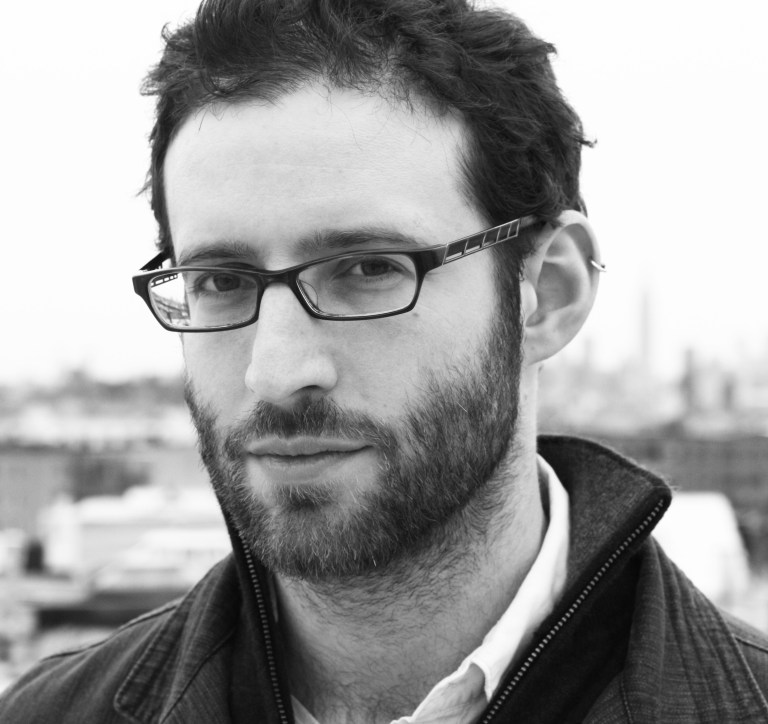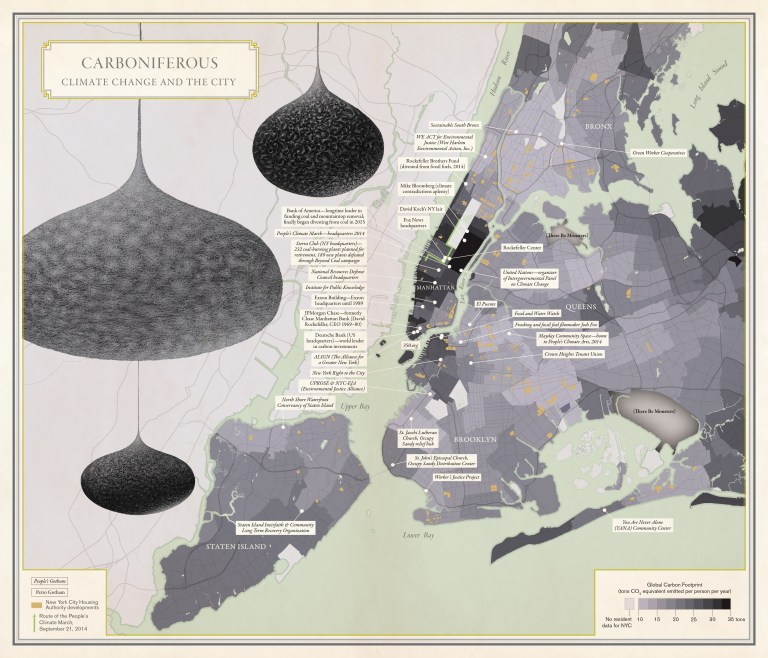Climate scientists are used to the idea of climate mitigation. But few are involved in the nitty-gritty of what climate mitigation might look like at the local or even neighborhood level. Daniel Aldana Cohen from the Department of Sociology at the University of Pennsylvania is digging into the politics and sociology of urban carbon emissions. A dizzying array of forces are at work.

Family debates on urbanism
Daniel’s interest in the science and sociology of urban emissions arose from the same sort of incredibly implausible events and circumstances that seem to orbit nearly every guest on Forecast. This time: father was a writer and back-to-the-lander who hated cities; mother loved cities and was a children’s book publisher; family compromised by living in rural France every fourth year or so, with the rest of the time in Toronto; both parents rebelled against science; childhood faith that somebody would solve the climate change problem crushed by reality; early exposure to social justice travesties; interest in magazine writing diverted to research focus by Elizabeth Kolbert‘s brilliant work in the New Yorker on climate change.
The surprisingly simpatico interests of urban elites and urban justice
Possibly arising from his own family’s rejection of and affection for urbanism, Daniel chose to revisit the long-standing ideals of urbanism. Can we have fantastic, equitable and decarbonized cities? In a Bloomsburg-esq fantasy world, yes: government policies create a luxury economy bubbling with a glittery green stew of financial services, young professionals, walkable streets and bike paths. Think Seattle in the Amazon age. Eventually, trickle-down greening occurs, and there’s a net reduction of emissions.
Only, no, on many levels. The policies that spawned modern Manhattan also led to mass gentrification and displacement. And as Daniel shows in his contribution to Rebecca Solnit‘s blisteringly great series of atlases, a full-cost accounting for Manhattan reveals that the core of the green city is also the most rapacious consumer of carbon:

Is there a way forward, to create both the cities and climate mitigation we’d like to see? Ironically, as Daniel has heard from modern urban planners, we might get the desired outcome by not talking about climate in the first place: “Social justice and climate justice actually went really well together … it’s just better not to talk about climate change at all”. Focusing on housing, and not talking about the environment, can actually lead to the exact environmental changes that would otherwise be desired by an explicitly mitigation-focused effort. In the end, social justice and the fantasy low carbon city seem to have the same goals.
Building a new research community
This is not to say that this is an easy goal to achieve. The community working on the micro-scale processes that determine global urban emissions is tiny; academic institutions are not actively encouraging young scholars to pursue the necessary interdisciplinary work; and there is almost no literature on realistically attributing emissions to specific cities and neighborhoods (the map above represents one such effort).
Daniel is working to reach across the dauntingly-wide chasm between sociology and physical science, and runs his own podcast, Hot and Bothered at Dissent magazine. Daniel also co-authored a Nature Comment on urban sustainability, arising partly as a result of discussions I had at the 2016 American Association of Geographers annual meeting. As an aside, the AAG meetings are a great place to crash into the urban sustainability community.
Music: Sips On The High Seas (Happy Chiptune Accordion Cover) by The_Sea_Four CC BY 3.0; “Asturias” composed by Isaac Albéniz and recorded by Frank Hiemenz (“FHgitarre-classicalGUITAR” on Soundcloud) CC BY 3.0.
2 thoughts on “Episode 30: Daniel Aldana Cohen”